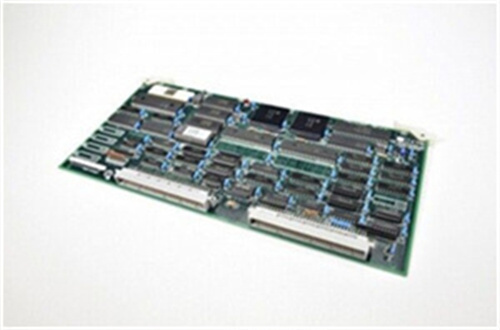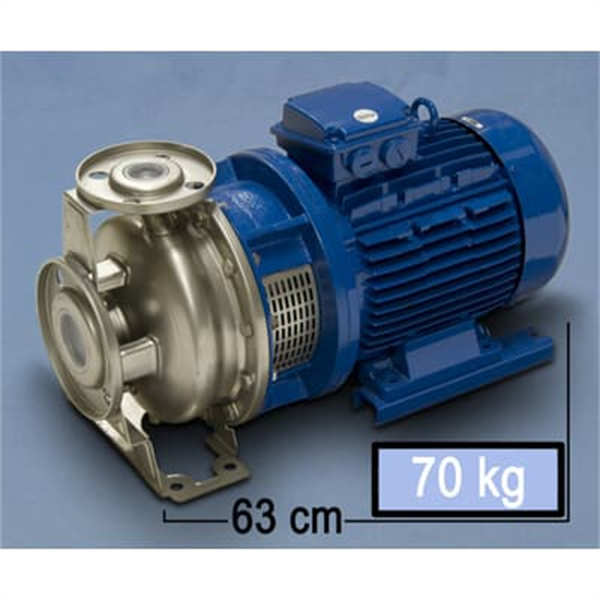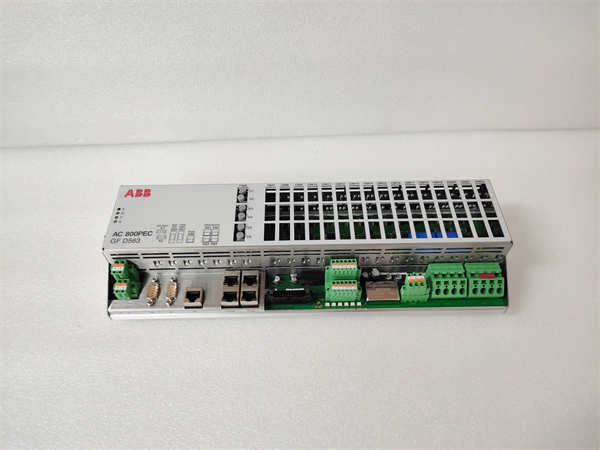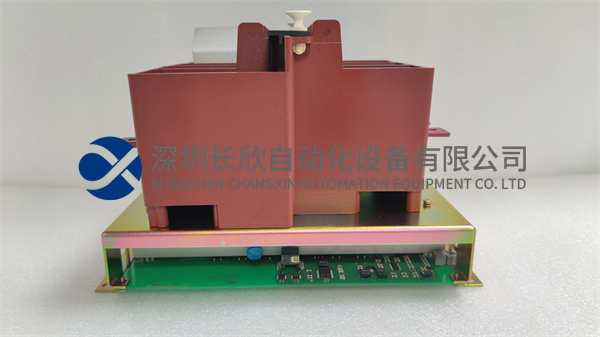描述
YASKAWA JANCD-CPII是安川电机(YASKAWA)为工业自动化系统设计的核心控制模块,属于PLC/DCS系统的核心组件,广泛应用于电力、汽车、钢铁及能源等领域。以下是其综合技术特性与应用场景分析:
1.核心功能
高可靠性控制:
作为PLC系统的核心模块,JANCD-CPII负责逻辑控制、数据采集与处理,支持复杂工业场景的实时响应与高精度执行,适用于7×24小时连续运行环境。
多协议兼容性:
支持Modbus、Profinet、EtherCAT等工业通信协议,可无缝对接西门子、施耐德等主流控制系统,实现数据交互与多设备协同控制。
扩展能力:
提供数字量/模拟量输入输出接口,支持与伺服驱动器、传感器及机器人系统级联,满足分布式系统扩展需求。
2.技术特点
工业级防护:
采用宽温设计(-40℃至70℃),抗电磁干扰能力符合IP20防护标准,平均无故障时间(MTBF)超50,000小时,适应严苛工业环境。
智能诊断与维护:
内置自检功能,支持故障代码实时显示与远程维护,缩短停机时间并降低维护成本。
灵活配置:
支持梯形图(LAD)、功能块(FBD)等编程语言,兼容主流组态软件(如西门子TIA Portal),降低开发门槛。
3.应用场景
电力行业:
应用于智能变电站自动化、发电机组控制,优化电网同步与功率分配响应速度。
汽车制造:
驱动焊接、喷涂等机器人工作站的逻辑控制单元,实现高精度定位与节拍优化。
钢铁工业:
管理炼钢炉温控、轧钢机同步等工艺流程,确保生产效率与安全性。
能源与化工:
支持燃气轮机控制、反应釜压力监控等场景,实现报警输出与异常处理。
4.技术优势
快速部署:
内置标准协议模板,可快速集成到现有自动化工程中,缩短实施周期。
模块化设计:
支持与安川伺服驱动器(如Σ-Ⅴ系列)及机器人系统无缝衔接,降低系统开发复杂度。
维护便捷性:
提供图形化配置工具与数据日志记录功能,方便故障追溯与趋势分析。
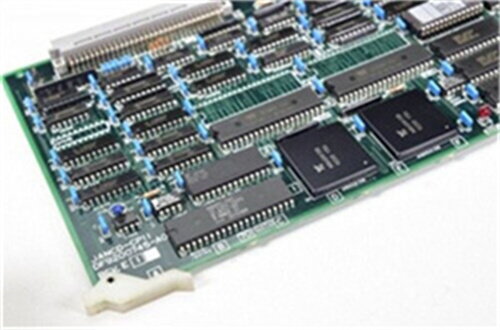
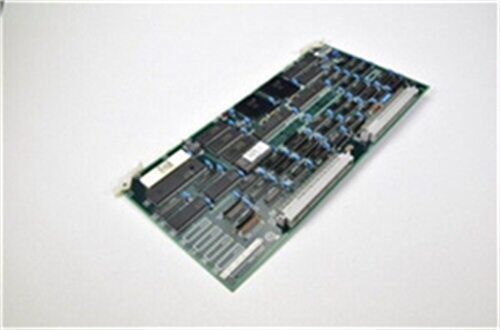
YASKAWA JANCD-CPII is a core control module designed by Yaskawa Electric(YASKAWA)for industrial automation systems.It is a core component of PLC/DCS systems and is widely used in power,automobiles,steel,energy and other fields.The following is an analysis of its comprehensive technical characteristics and application scenarios:
1.Core functions
High reliability control:
As the core module of the PLC system,JANCD-CPII is responsible for logic control,data acquisition and processing,supports real-time response and high-precision execution of complex industrial scenarios,and is suitable for 7×24 hours continuous operation environment.
Multi-protocol compatibility:
Supports industrial communication protocols such as Modbus,Profinet,EtherCAT,etc.,and can seamlessly connect to mainstream control systems such as Siemens and Schneider to achieve data interaction and multi-device collaborative control.
Expansion capabilities:
Provides digital/analog input and output interfaces,supports cascading with servo drives,sensors and robot systems,and meets the expansion needs of distributed systems.
2.Technical features
Industrial-grade protection:
Adopts wide temperature design(-40℃to 70℃),anti-electromagnetic interference capability meets IP20 protection standards,and mean time between failures(MTBF)exceeds 50,000 hours,adapting to harsh industrial environments.
Intelligent diagnosis and maintenance:
Built-in self-check function,supports real-time display of fault codes and remote maintenance,shortens downtime and reduces maintenance costs.
Flexible configuration:
Supports programming languagessuch as ladder diagram(LAD)and function block(FBD),compatible with mainstream configuration software(such as Siemens TIA Portal),lowering the development threshold.
3.Application scenarios
Power industry:
Applied to intelligent substation automation,generator set control,and optimize grid synchronization and power distribution response speed.
Automobile manufacturing:
Drives the logic control unit of robot workstations such as welding and spraying to achieve high-precision positioning and beat optimization.
Steel industry:
Manages process flows such as steelmaking furnace temperature control and rolling mill synchronization to ensure production efficiency and safety.
Energy and Chemical Industry:
Supports gas turbine control,reactor pressure monitoring and other scenarios,and realizes alarm output and exception handling.
4.Technical advantages
Quick deployment:
Built-in standard protocol templates can be quickly integrated into existing automation projects to shorten the implementation cycle.
Modular design:
Supports seamless connection with Yaskawa servo drives(such asΣ-V series)and robot systems to reduce the complexity of system development.
Easy maintenance:
Provides graphical configuration tools and data log recording functions to facilitate fault tracing and trend analysis.

